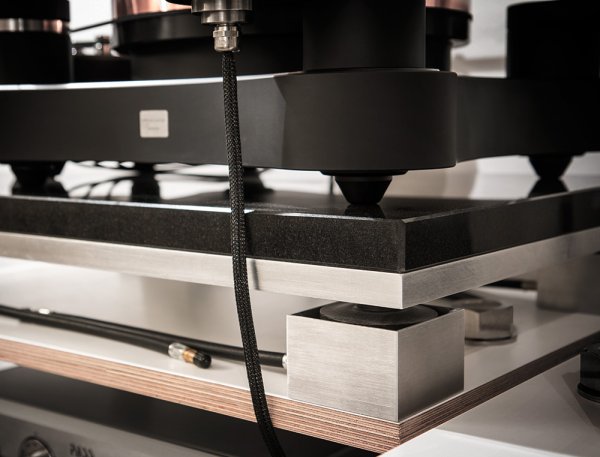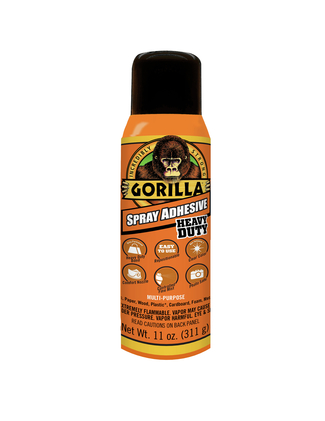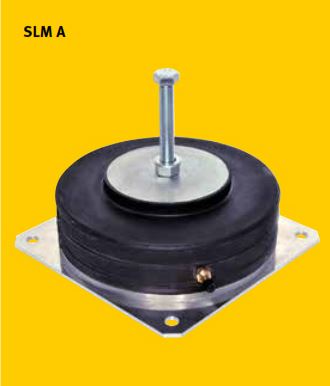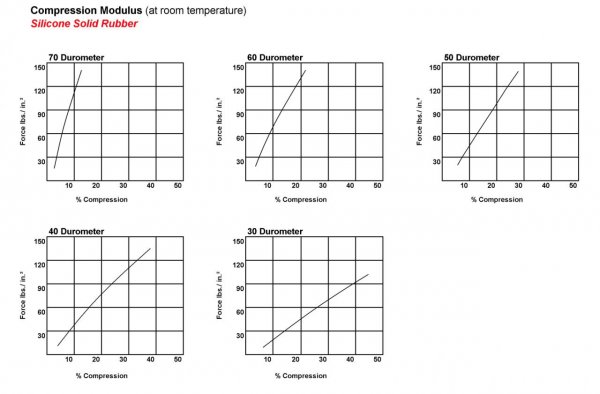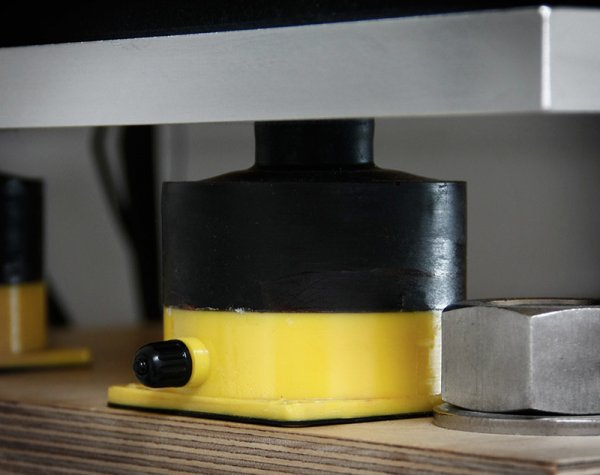Indeed, but I bet if you tap the top plate (aluminium) it will have some ring, even though it is thick and dense. IMO the best way to dissipate vibration (as energy) is to absorb it. A dense structure will absorb more I guess than say wood, and possibly lower the vibration in frequency. So a thin plate would rung at a high frequency and a dense plate would ring less, but at a lower frequency. Get my thoughts?
Thus in my mind, to rid yourself of vibrations, you need a composite. I used to repair boats, and on timber boats if you hit them they had a wooden ring. If you did the same to a modern yacht hull, well, dead, nothing. That hull is a composite of fibreglass and core material then another sheet on the inside.
So a thin layer of silicon will contact your sheets over the whole surface, and add anther deadening layer to make it like the modern boat hull, dead. Which is exactly what you want.
My own DIY speaker stands are thick marble, sat on tiles and concrete floor. But between the marble base to the floor I put some sorbethane tape. Then on the top of the stand I put rubber doughnuts, then the speakers sit on those. I tried all sorts of solid feet, rubber, wood, cork, you name it. But I think a combination of materials works for my situation. When I had solid marble straight to the floor, and no doughnuts, I could feel the bass energy coming into the marble stands. Now, there is nothing at all, no matter how loud I play them.
Good luck!



